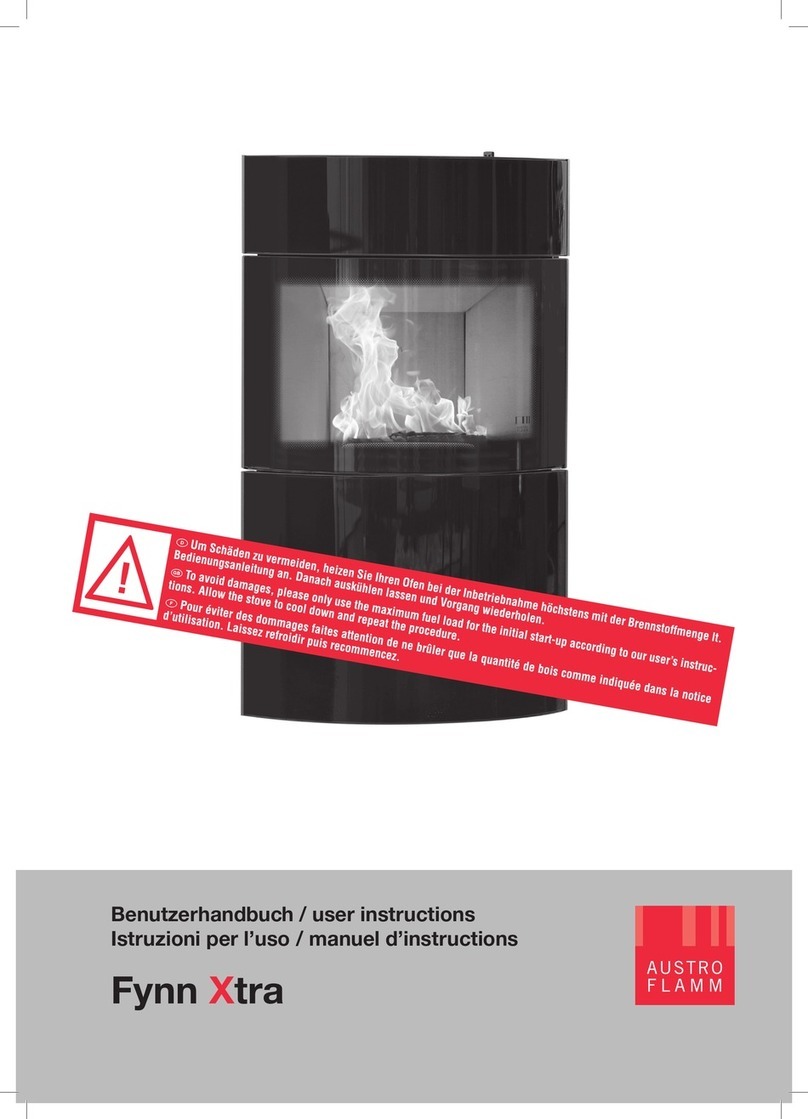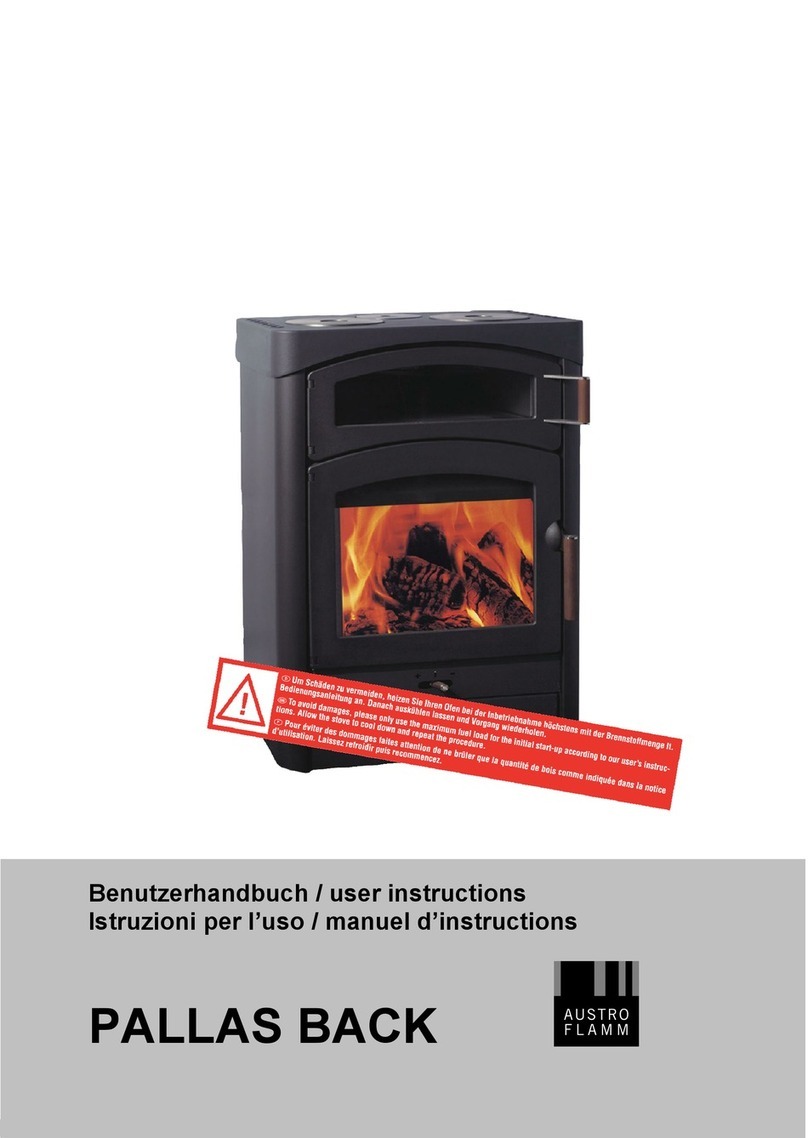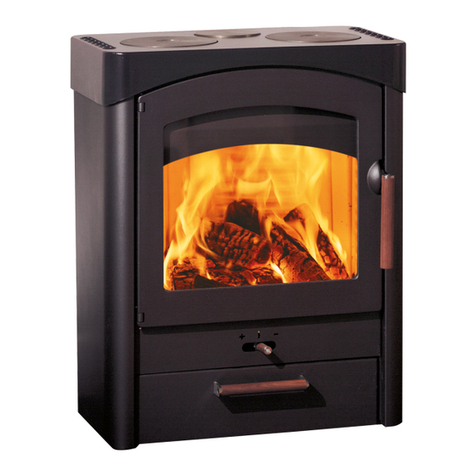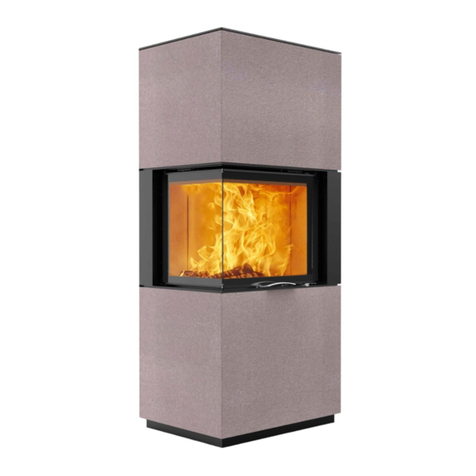Austro Flamm 45x51/57/68 2.0 K User manual
Other Austro Flamm Indoor Fireplace manuals
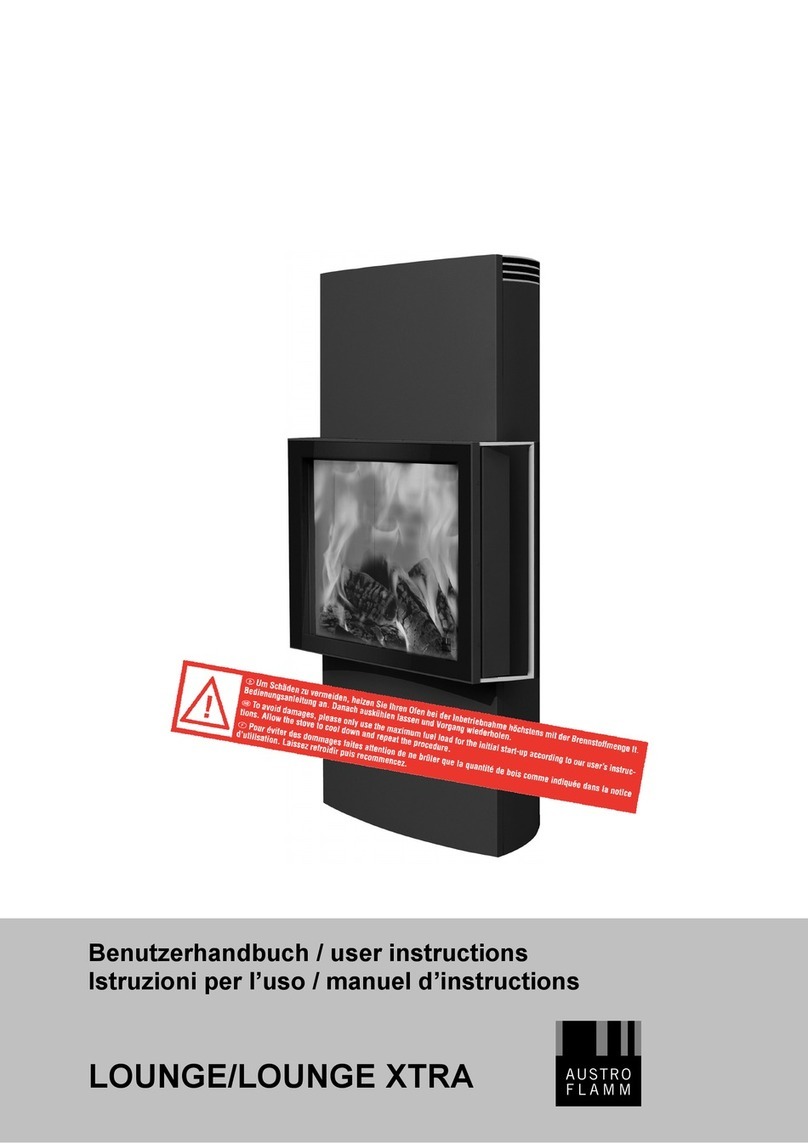
Austro Flamm
Austro Flamm LOUNGE User manual
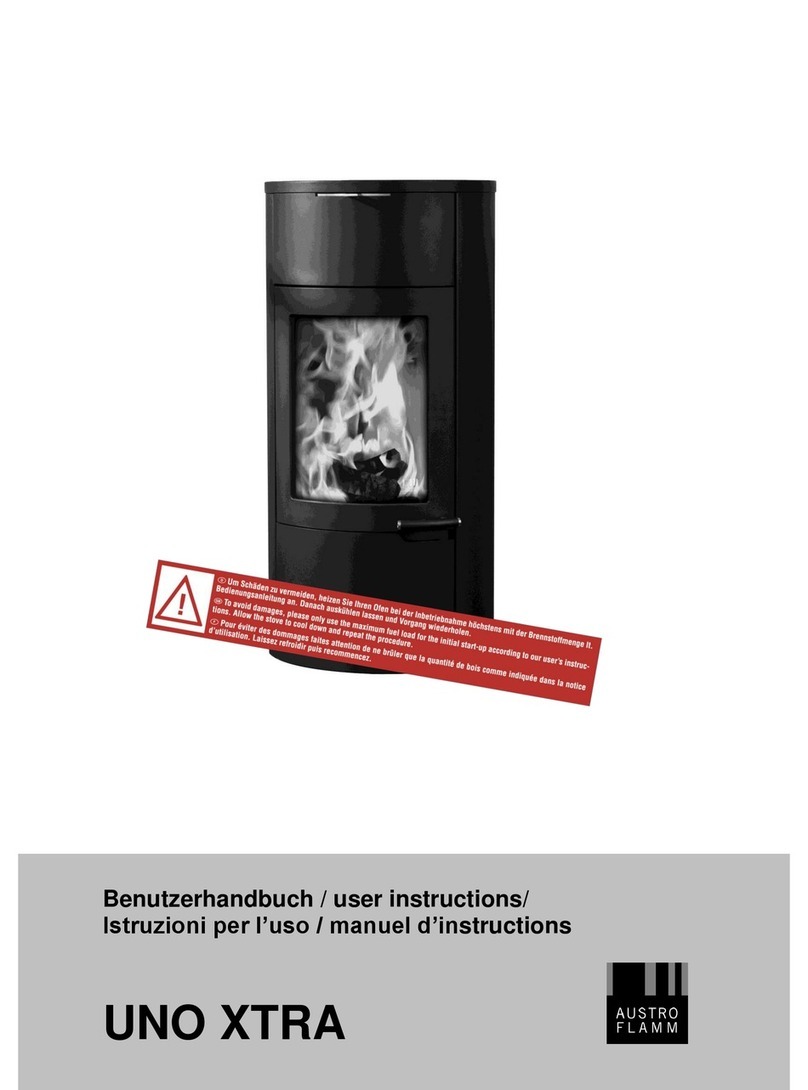
Austro Flamm
Austro Flamm UNO XTRA User manual

Austro Flamm
Austro Flamm 65x User manual

Austro Flamm
Austro Flamm Osca User manual
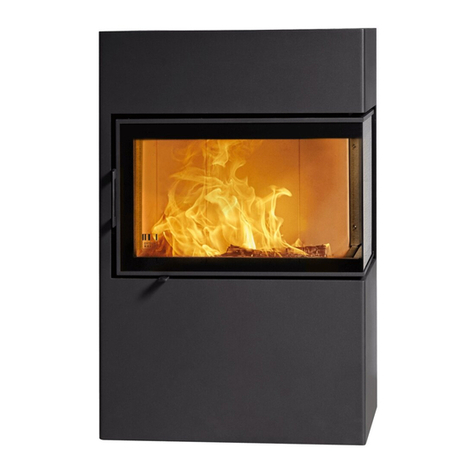
Austro Flamm
Austro Flamm Dexter User manual
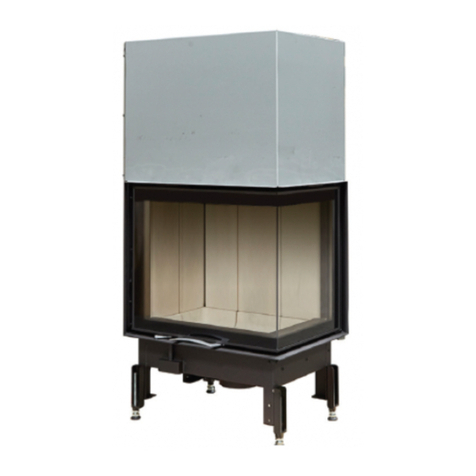
Austro Flamm
Austro Flamm 89x49x S Series User manual
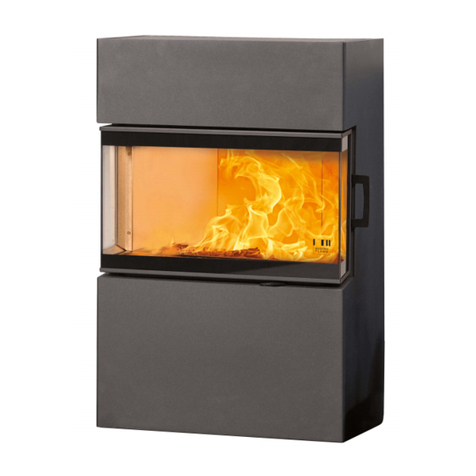
Austro Flamm
Austro Flamm Dexter S3 2.0 User manual
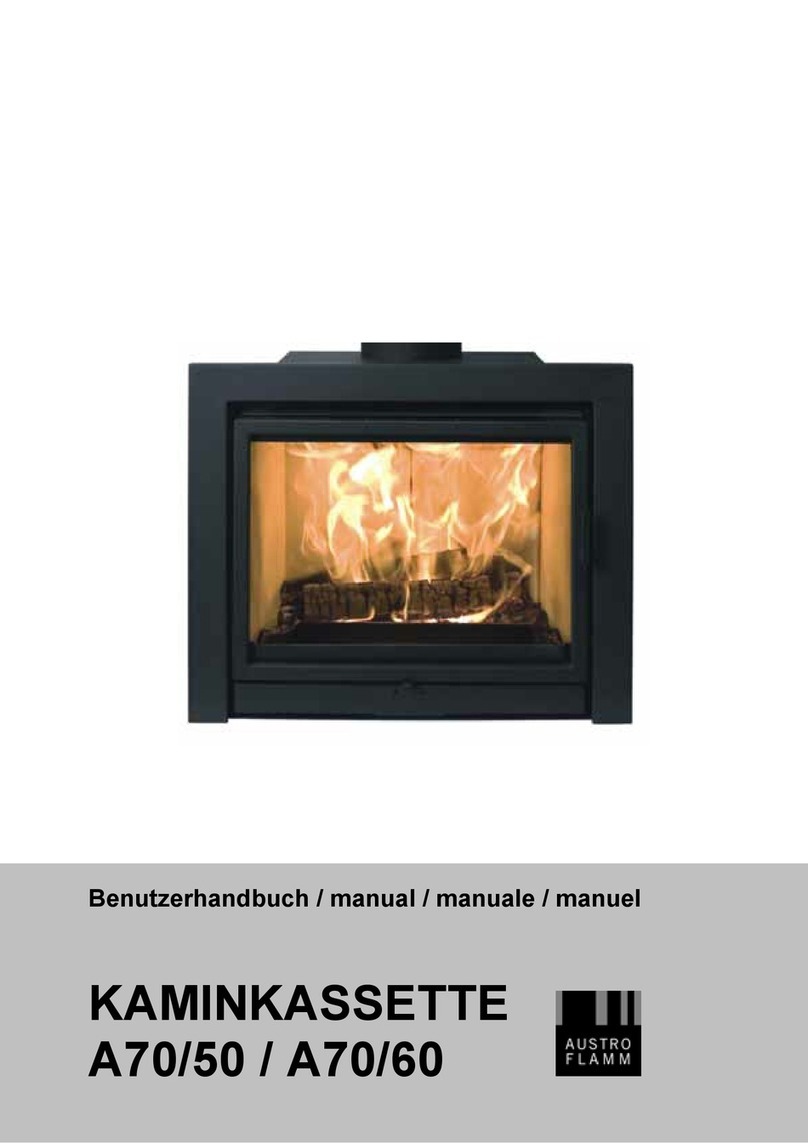
Austro Flamm
Austro Flamm A70/50 User manual
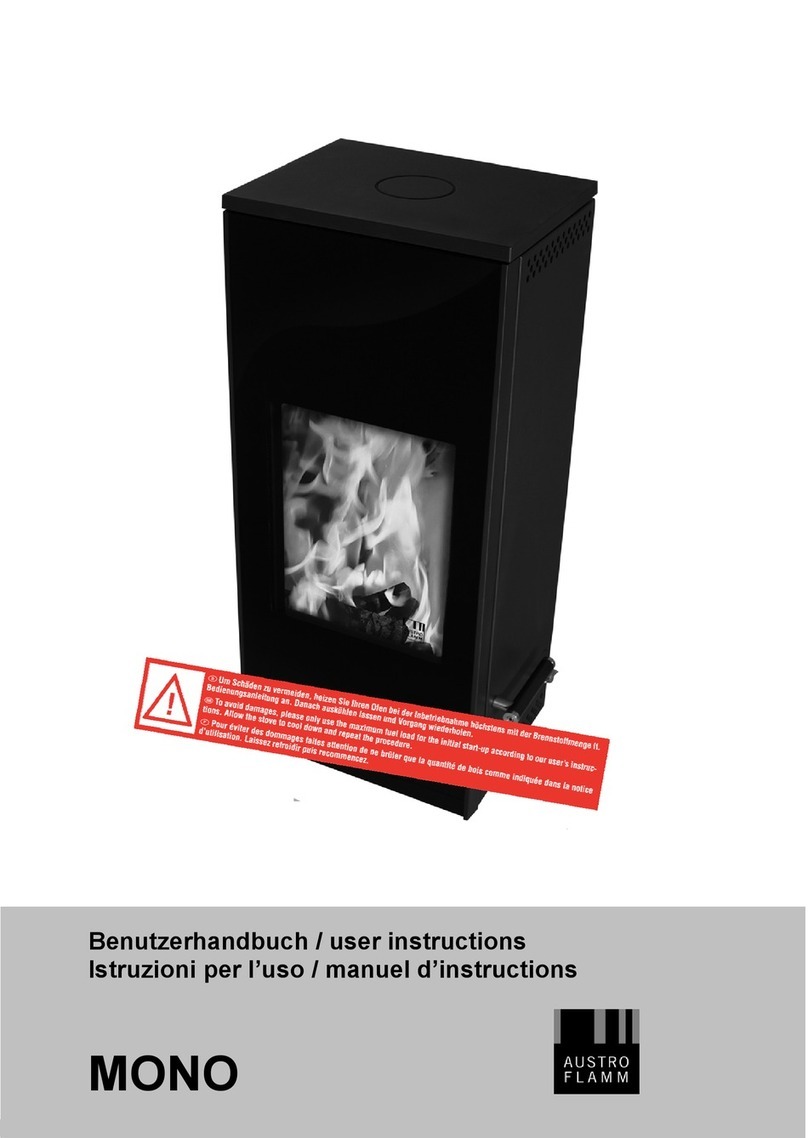
Austro Flamm
Austro Flamm MONO User manual
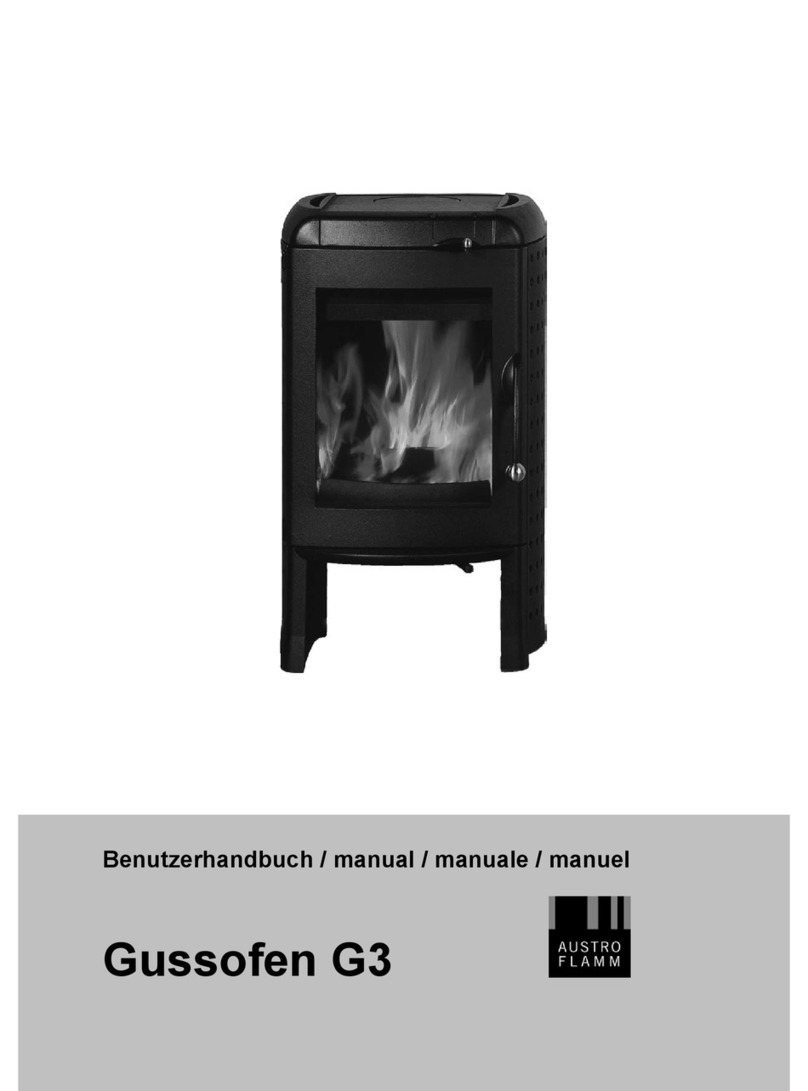
Austro Flamm
Austro Flamm Gussofen G3 User manual
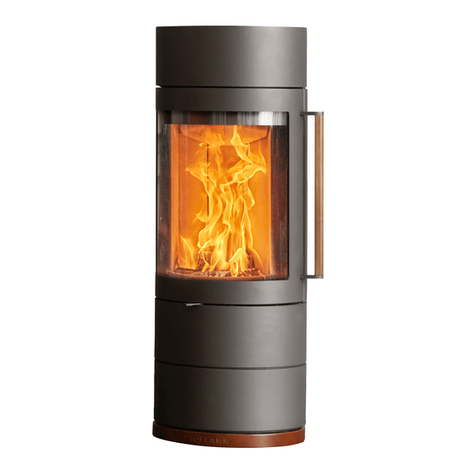
Austro Flamm
Austro Flamm Lux User manual
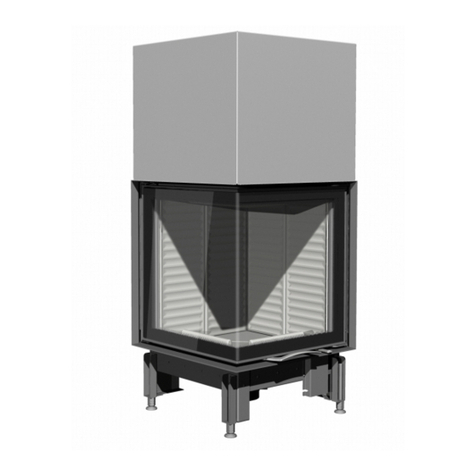
Austro Flamm
Austro Flamm 63x40x42 K 2.0 User manual
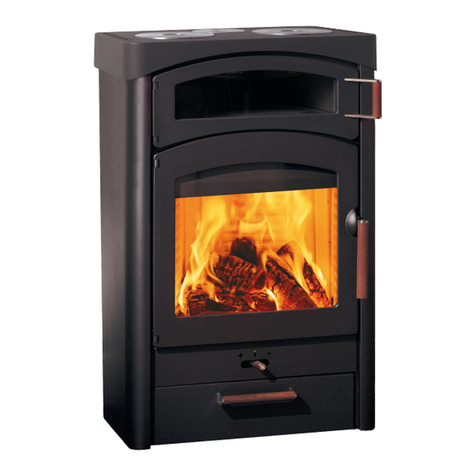
Austro Flamm
Austro Flamm Pallas Back User manual
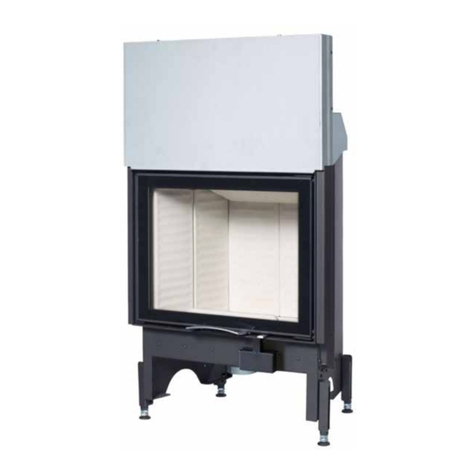
Austro Flamm
Austro Flamm 65x User manual
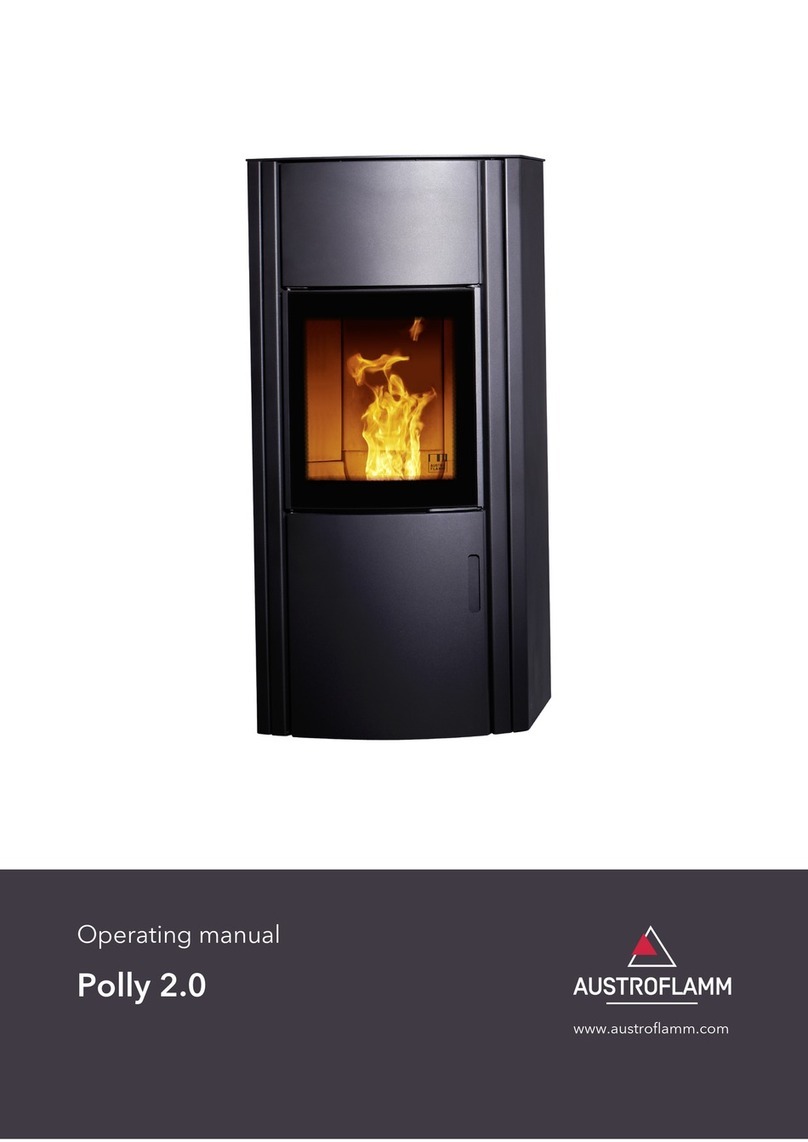
Austro Flamm
Austro Flamm Polly 2.0 User manual

Austro Flamm
Austro Flamm Sina User manual
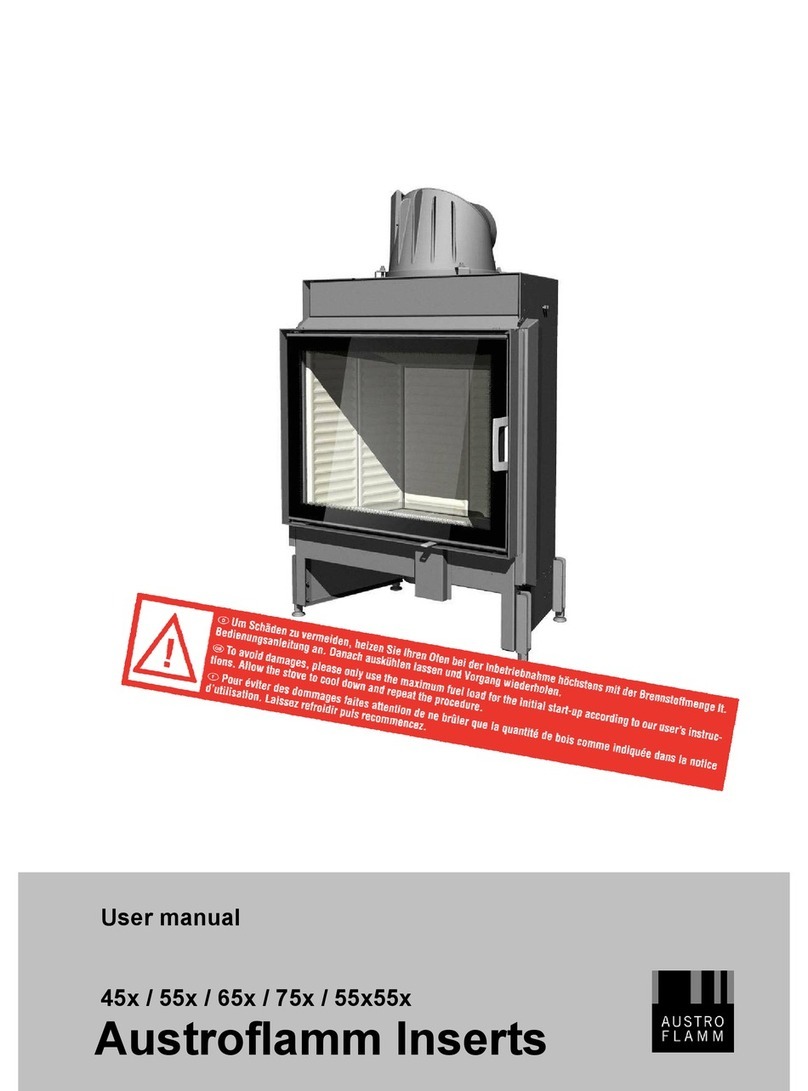
Austro Flamm
Austro Flamm 45x User manual
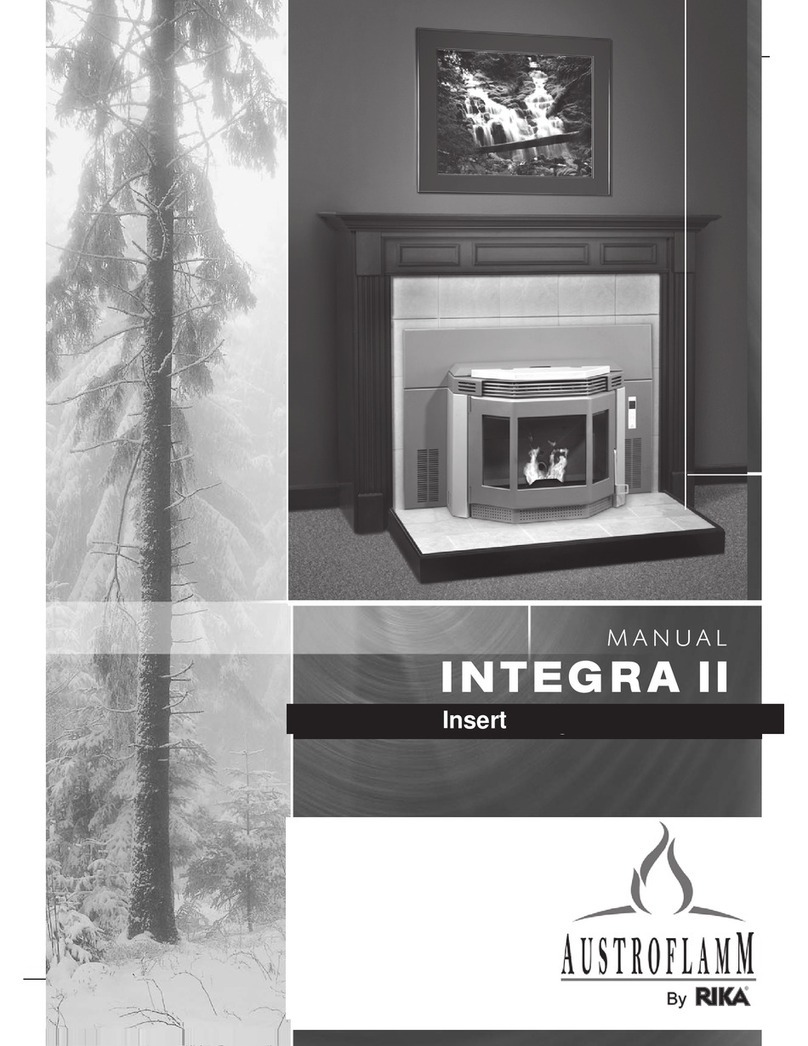
Austro Flamm
Austro Flamm Integra II User manual

Austro Flamm
Austro Flamm 63x40x42 K 2.0 User manual
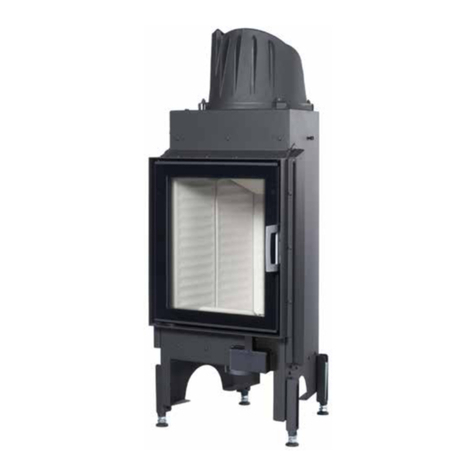
Austro Flamm
Austro Flamm 45x User manual
Popular Indoor Fireplace manuals by other brands

Napoleon
Napoleon NEFL42CHD-1 manual

Masport
Masport WOOD FIRE installation guide

JAYLINE
JAYLINE SS280 Installation & operation instructions

Heat-N-Glo
Heat-N-Glo SL-32S Installation

kozy heat
kozy heat Bellingham 52 quick start guide

Paragon Fires
Paragon Fires ROOM SEALED INSET LIVE FUEL EFFECT GAS FIRE owner's manual

Monessen Hearth
Monessen Hearth LCUF32CR-B Installation & owner's manual

PuraFlame
PuraFlame Galena owner's manual

Dimplex
Dimplex Toluca Deluxe instruction manual

SEI
SEI TENNYSON FA8544AO Assembly instructions

Dru
Dru G25 installation manual

Capital fireplaces
Capital fireplaces Designline DL700 Installation and user instructions

IronStrike
IronStrike VINTAGE VINT-DVS-U Installation and operation

ACR Heat
ACR Heat HERITAGE N25 Installation and operating instruction manual

European Home
European Home HVF-42 Installation, operation and owner's manual

Quadra-Fire
Quadra-Fire MTVERNINSAE-MBK Owner's manual operation & care

Harman Home Heating
Harman Home Heating Accentra Insert Installation & operating manual

Trimline Fires
Trimline Fires Zircon 1024 installation instructions





